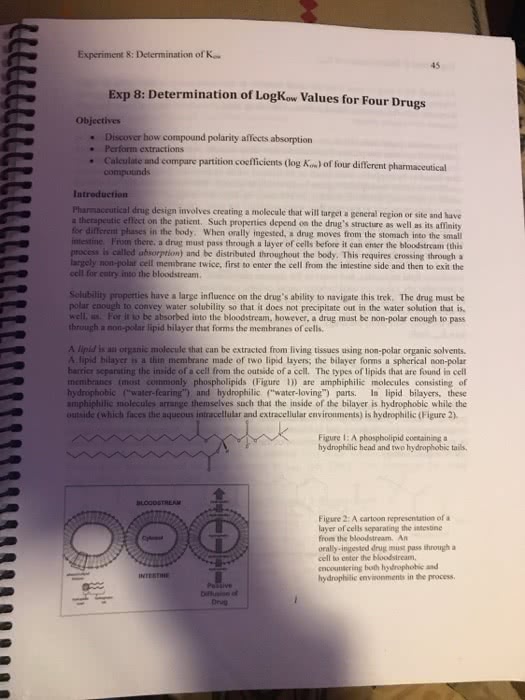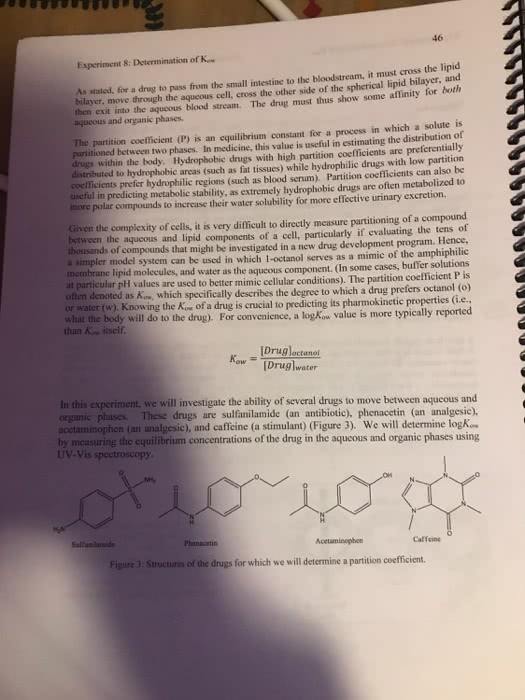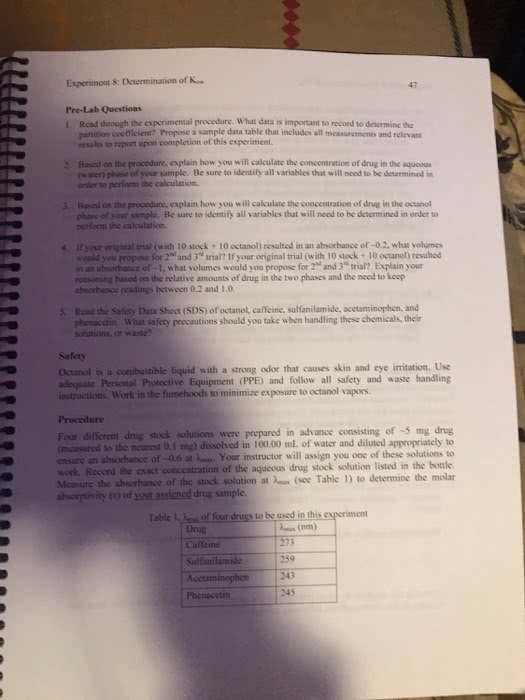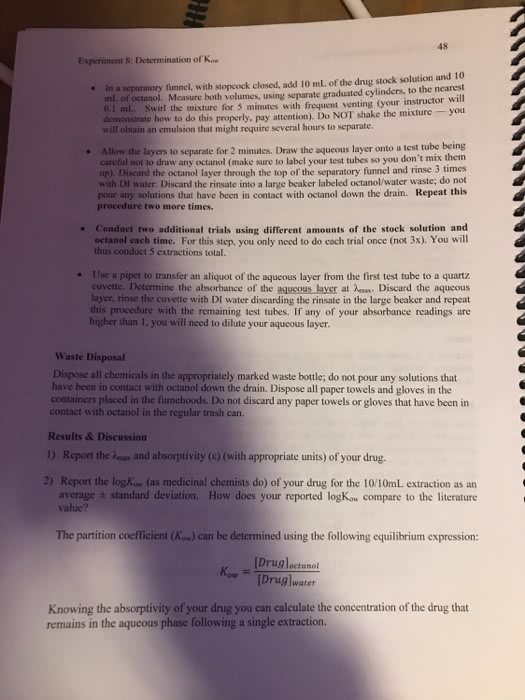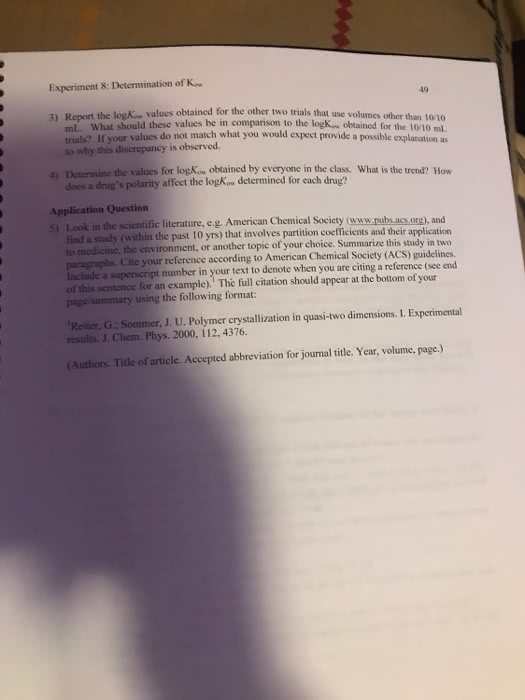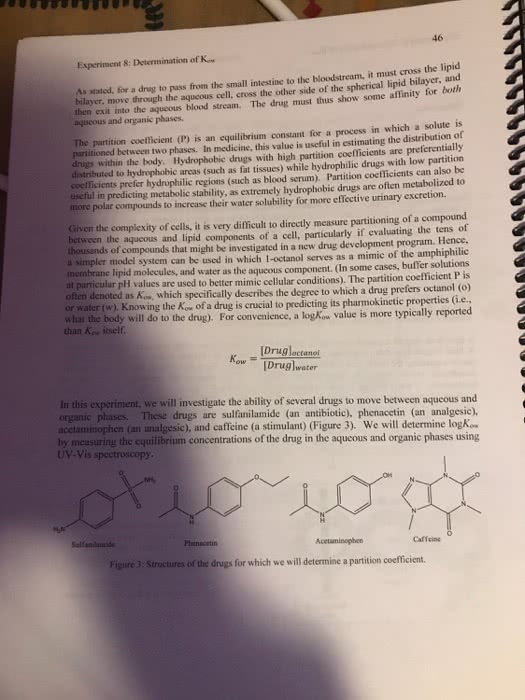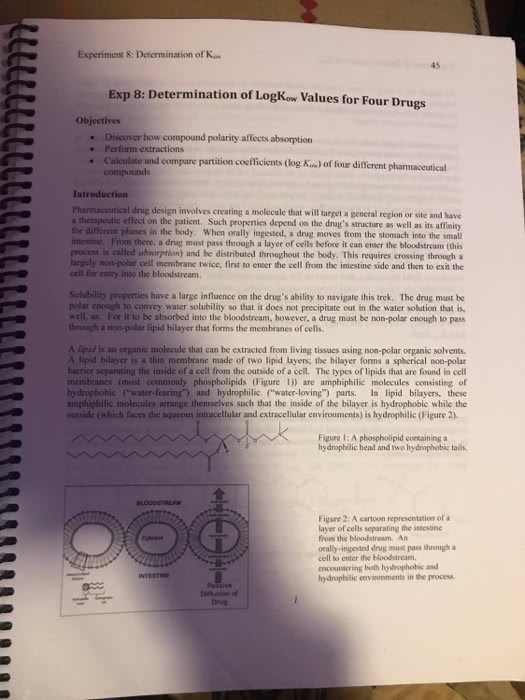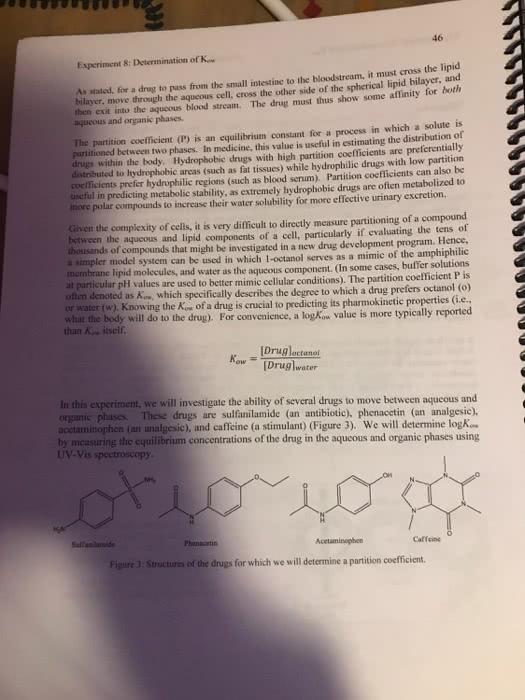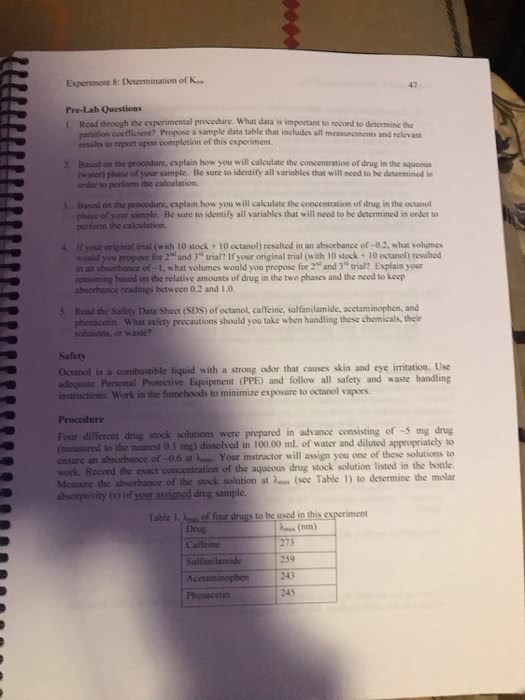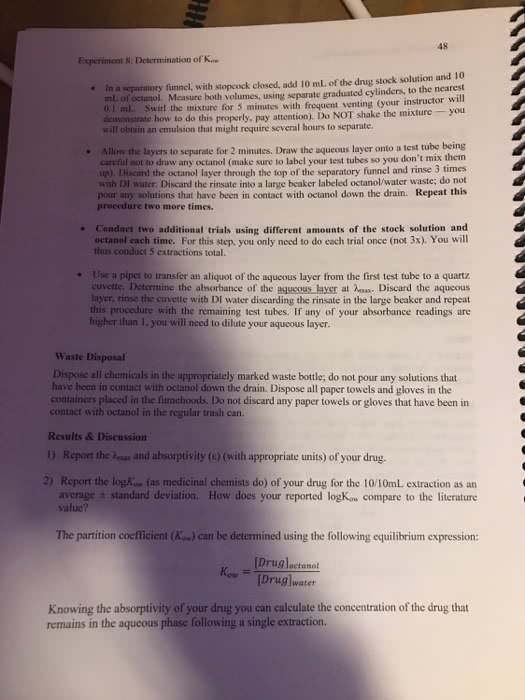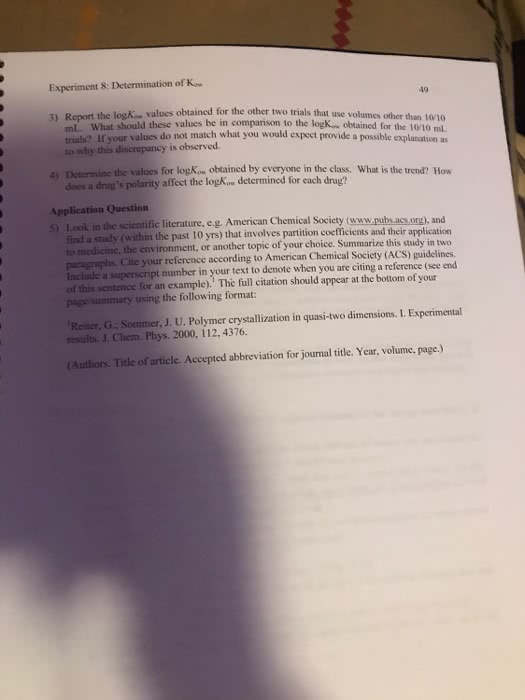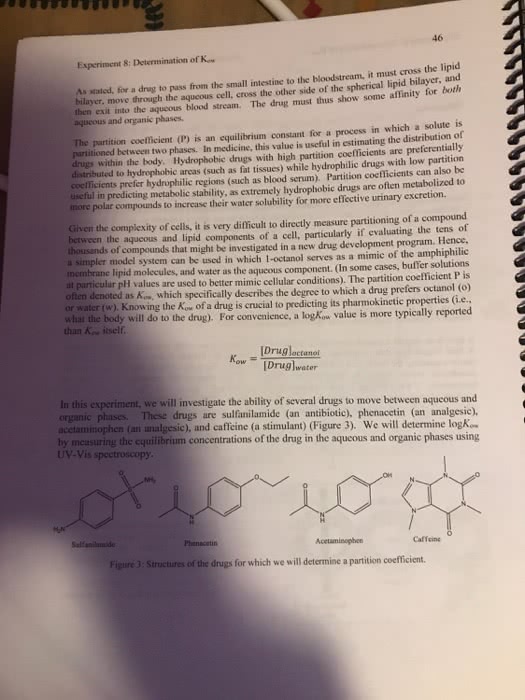PHARM110 Lecture 1: Study Notes - Pharm 110
894 views103 pages
23 Dec 2016
School
Department
Course
Professor
Document Summary
Pharm 110 study of the human body 1. Anatomy structure of body parts and their relationships to one another. Physiology fu(cid:374)(cid:272)tio(cid:374) of the (cid:271)od(cid:455)(cid:859)s st(cid:396)u(cid:272)tu(cid:396)al (cid:373)a(cid:272)hi(cid:374)e(cid:396)(cid:455) 3 types of anatomy: gross anatomy seen with the naked eye, microscopic anatomy seen with microscope, cytology and histology, developmental anatomy structure changes occurring over a lifetime. 3 ways to study anatomy: systemic approach learn structure grouped by systems, regional approach learn structures grouped by location, surface approach learn internal structures in relation to overlying skin. Metabolism this is included under physiology; this is the sum total of the chemical reactions occurring in the body cells. Necessary life functions : maintaining boundaries, movement, responsiveness, digestions, metabolism, excretion, reproduction, growth. Survival needs nutrients, oxygen, water, normal body temperature, appropriate atmospheric pressure. Homeostasis keeps our cells and fluids in a stable environment, this involves all organ systems.
Get access
Grade+20% off
$8 USD/m$10 USD/m
Billed $96 USD annually

Homework Help
Study Guides
Textbook Solutions
Class Notes
Textbook Notes
Booster Class
40 Verified Answers
Class+
$8 USD/m
Billed $96 USD annually

Homework Help
Study Guides
Textbook Solutions
Class Notes
Textbook Notes
Booster Class
30 Verified Answers

